How to Apply Filters in After Effects
Introduction
Filters in After Effects help enhance the look of your video by adjusting colors, tones, and effects. Whether you want a cinematic look, a vintage feel, or a unique color style, After Effects provides powerful tools to achieve this. In this guide, we’ll walk you through how to add and customize filters in After Effects.
Get 10% off when you subscribe to our newsletter

Step 1: Import Your Video and Create a New Composition
Open After Effects and go to File > Import > File to select your video. Drag it to the timeline to create a new composition automatically. If needed, adjust the composition settings in Composition > Composition Settings to match your project’s resolution and frame rate.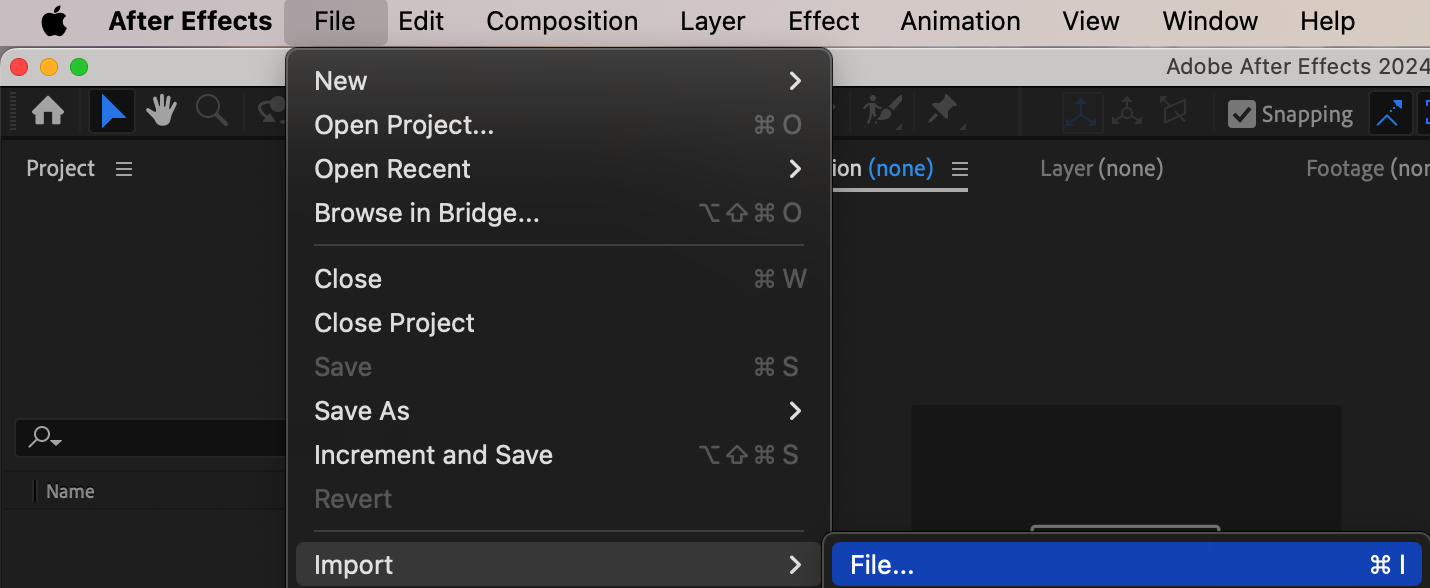
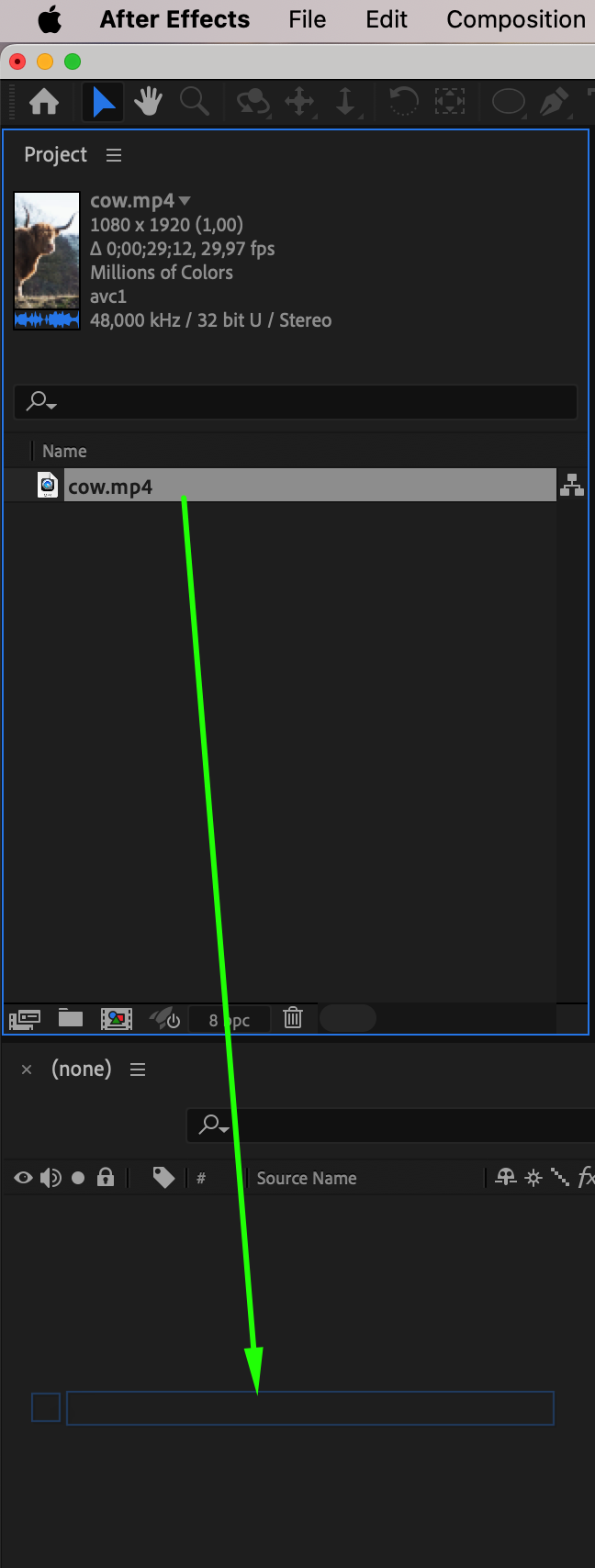 Step 2: Apply a Color Correction Effect
Step 2: Apply a Color Correction Effect
To apply a filter, select your video layer and go to the Effects & Presets panel. Here are some common effects used for filtering:
Lumetri Color (for professional color grading)
Tint (for a monochrome look)
Curves (for contrast and color adjustments)
Photo Filter (for warm or cool tones)
Drag the chosen effect onto your video layer. Step 3: Adjust the Filter Settings
Step 3: Adjust the Filter Settings
After applying the effect, go to the Effect Controls panel to modify its settings. For example:
If using Lumetri Color, adjust the exposure, contrast, and saturation.
If using Tint, change the tint color to match your desired style.
If using Curves, tweak the RGB curves to refine the color balance.
Experiment with different settings to achieve the desired look.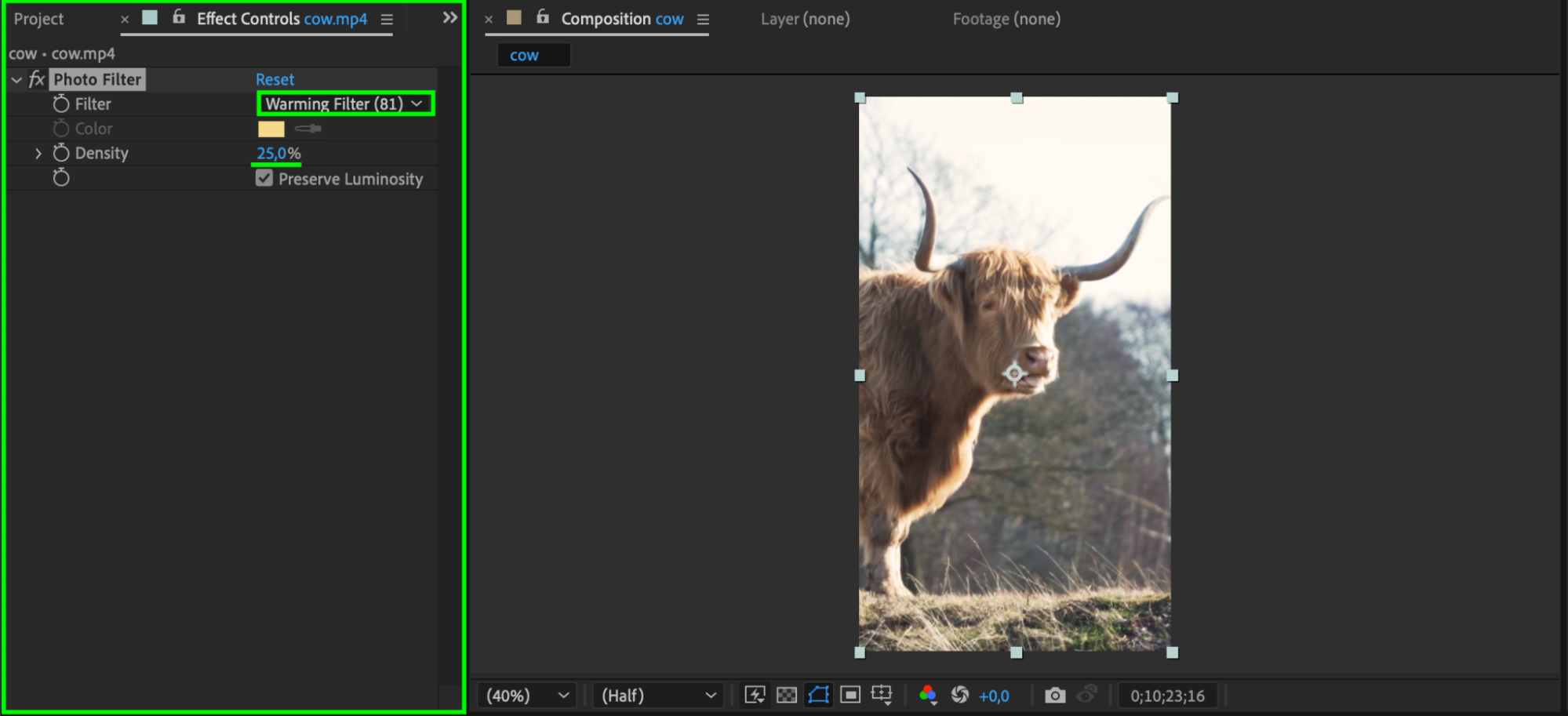
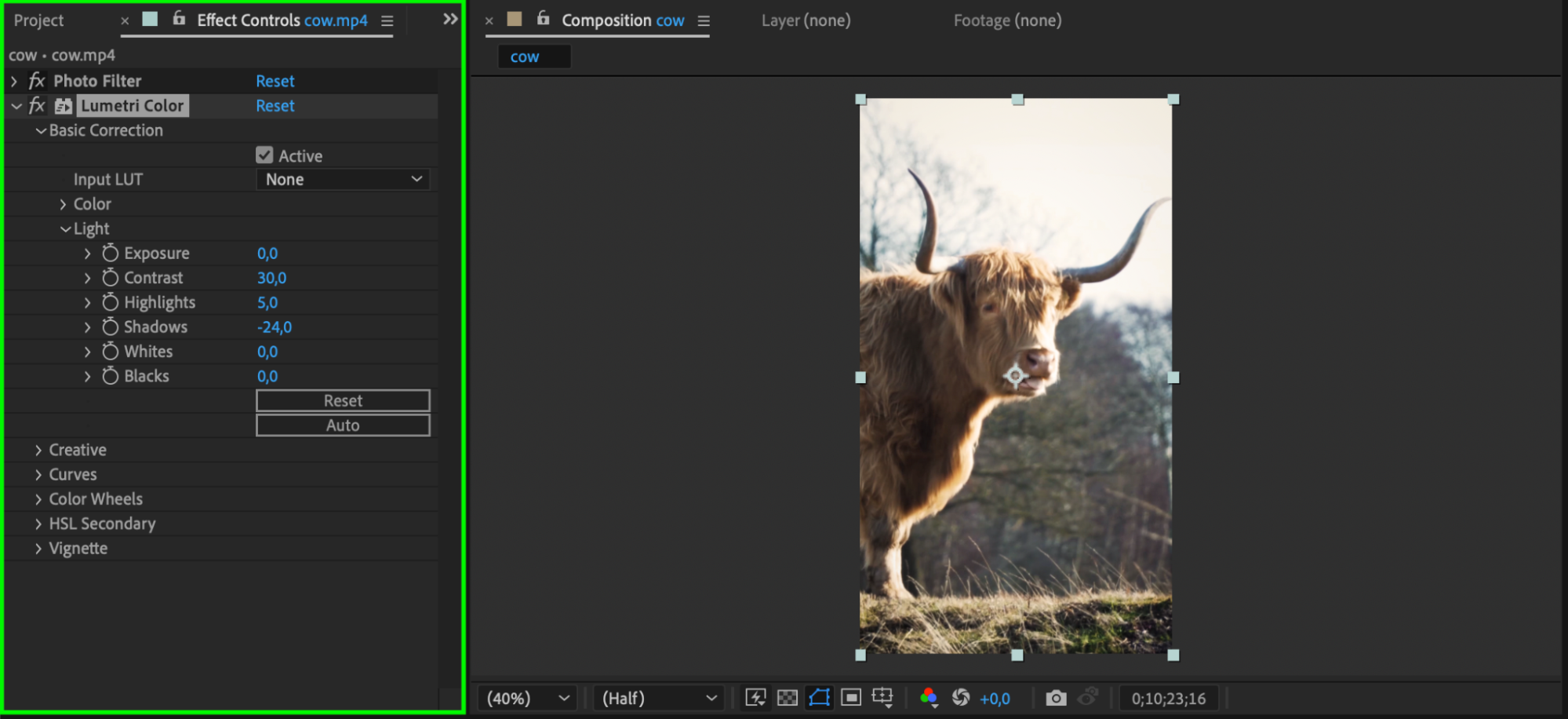 Step 4: Add Multiple Filters for a Unique Look
Step 4: Add Multiple Filters for a Unique Look
To create a custom filter, you can combine multiple effects. For example:
Use Curves with Lumetri Color for professional color grading.
Apply Tint and reduce opacity for a faded, vintage look.
Combine Glow and Blur effects for a dreamy aesthetic.
Stacking different effects allows you to create a unique filter that suits your video.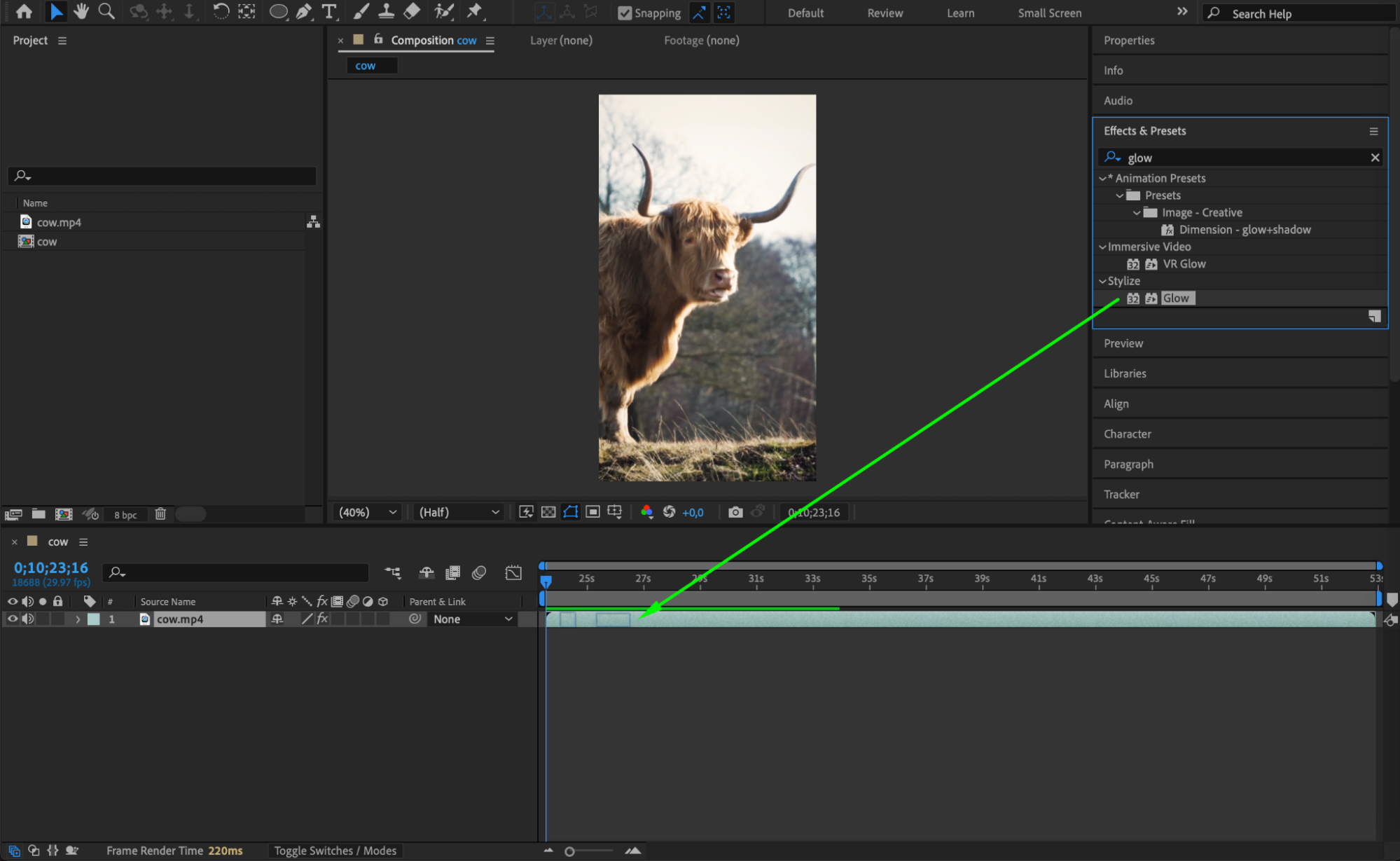
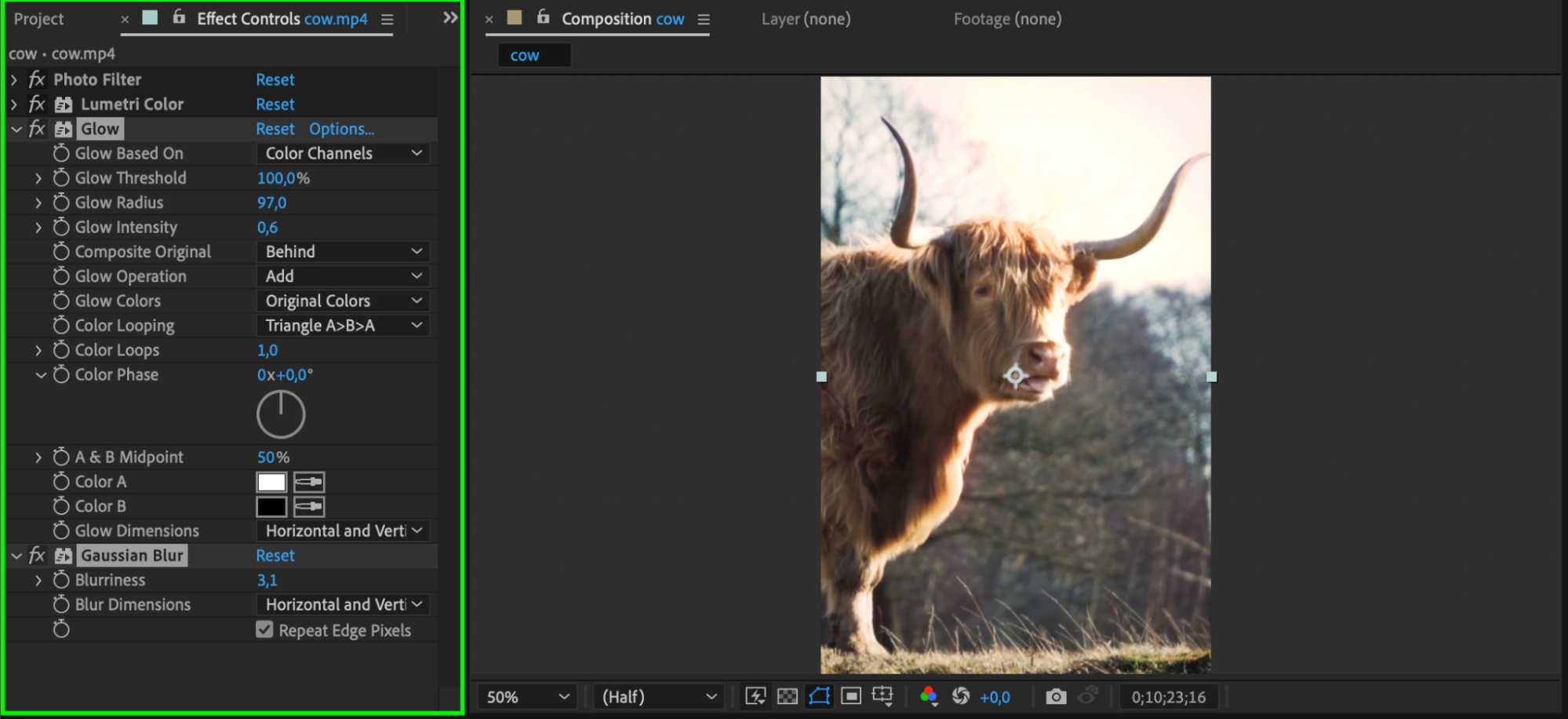 Step 5: Preview and Adjust the Final Look
Step 5: Preview and Adjust the Final Look
Press spacebar to preview your video. Check if the filter enhances the visuals without making the footage look unnatural. Adjust the effect settings as needed.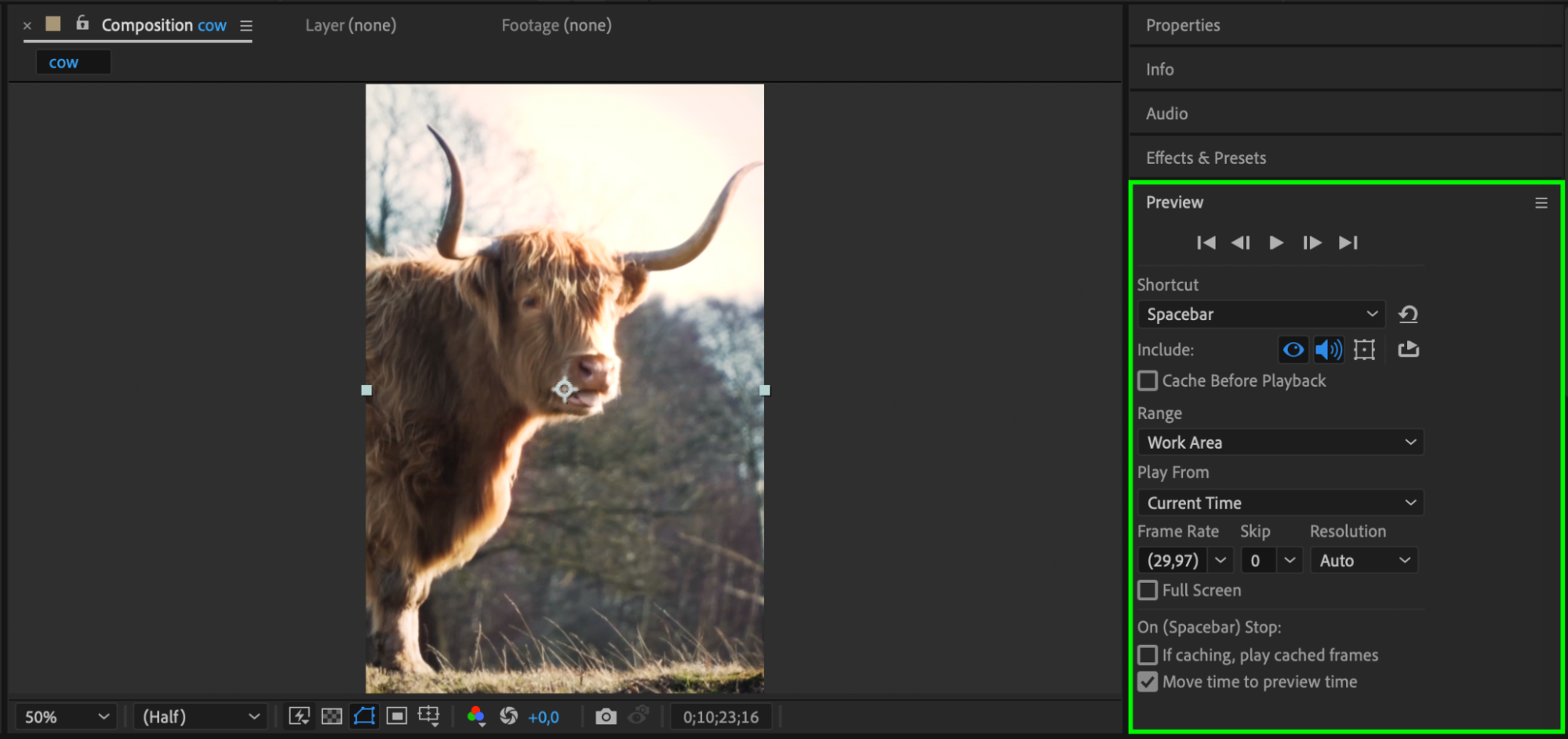 Step 6: Render the Final Video
Step 6: Render the Final Video
Once you are happy with the result, go to Composition > Add to Render Queue. Choose the output format and render the video with your custom filter applied.
 Conclusion
Conclusion
Adding filters in After Effects is a great way to enhance your video’s mood and style. By experimenting with different effects you can create a unique visual look that fits your project’s needs. Whether you want a professional cinematic tone or a creative color effect, After Effects gives you full control over your video’s appearance.


